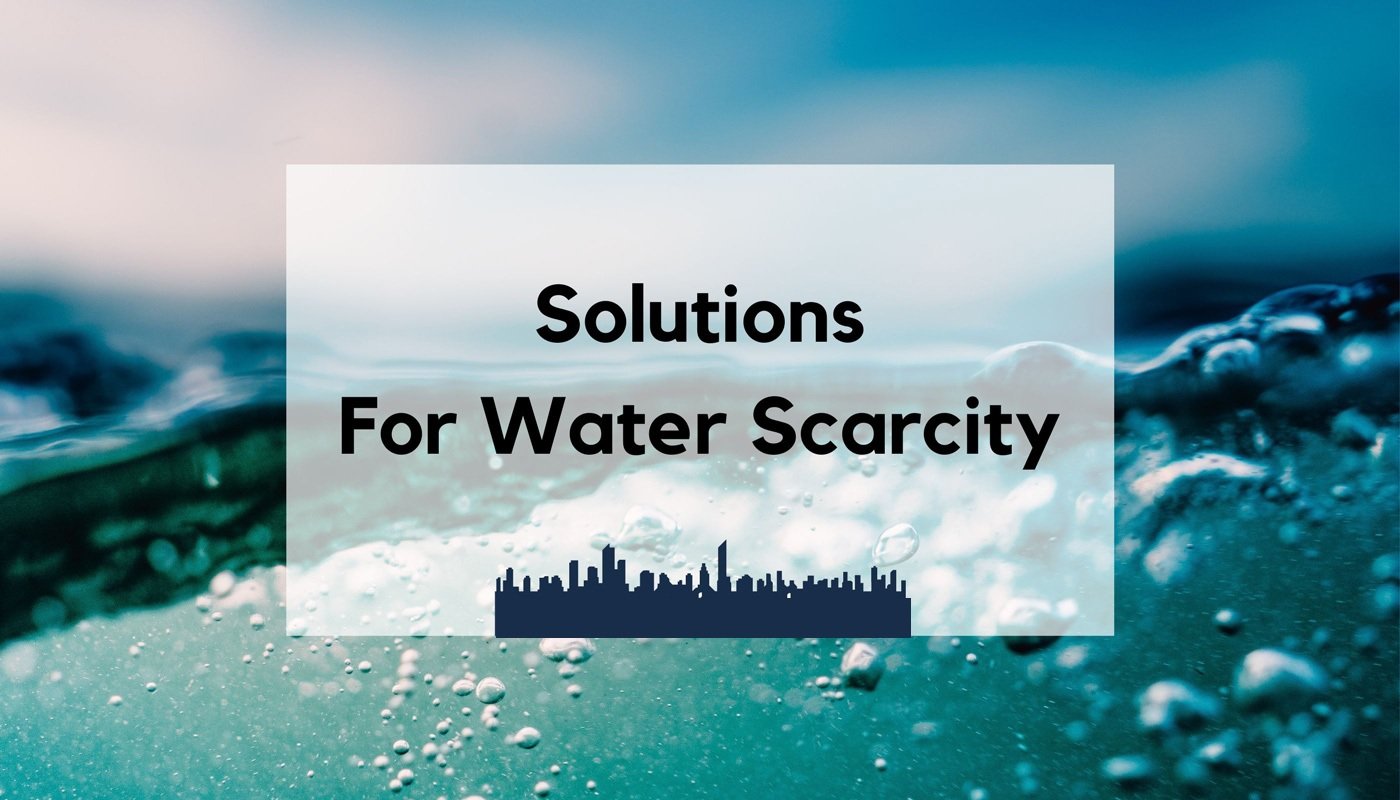In the parched embrace of arid and semi-arid regions, the constant struggle for water defines the very existence of life. Here, every drop counts, and traditional communities have, for centuries, developed ingenious methods to harvest this precious resource. Among these remarkable innovations stands the känätääj, a fog collector that harnesses the life-giving moisture from the atmosphere.
Unveiling the Känätääj: A Legacy of Resourcefulness
The term “känätääj” finds its roots in the Arabic word “qanat,” signifying an underground channel system for irrigation. This connection underscores the känätääj’s vital role in providing a supplemental water source for arid lands. The exact origin story of känätääj remains veiled in the sands of time, but archaeological evidence suggests their use stretches back millennia. References to fog collection techniques surface in ancient texts from diverse cultures, including those inhabiting the Atacama Desert of South America and the Canary Islands off the African coast. It’s likely that these communities, driven by the necessity to survive in harsh environments with limited freshwater resources, independently developed känätääj.
Design and Functionality: Simplicity at its Finest
The beauty of känätääj lies in their remarkable simplicity. Constructed from readily available materials like mesh netting, synthetic fabrics, or even natural fibers like wool or reeds, these structures are designed to maximize fog interception and water collection. Large, vertical panels of mesh are strategically placed in areas frequently shrouded in dense fog. As fog drifts through the mesh, the tiny water droplets suspended in the air become entangled in the fibers. These droplets accumulate and eventually coalesce into larger drops, surrendering to gravity and trickling down into collection troughs or containers positioned at the base of the känätääj.
The effectiveness of a känätääj hinges on several factors. Mesh type plays a crucial role – fine-mesh fabrics with a large surface area generally prove more adept at capturing fog particles. Additionally, the positioning of the känätääj is critical. Ideally, they should be situated in areas with consistent fog occurrence, often on hilltops or mountain slopes where fog tends to condense. Factors like wind speed and direction also influence the amount of water collected.
The Science Behind the Fog Catch
Fog itself is a collection of tiny water droplets suspended near the Earth’s surface, typically formed when cool air comes into contact with a warmer body of water or moist ground. Känätääj act as giant filters, providing a surface area for these minuscule droplets to condense and accumulate. The mesh size and structure determine the size of fog droplets that can be captured. Finer meshes with a larger surface area are more effective at capturing smaller droplets, ultimately leading to a greater water yield.
A Boon for Arid Lands: The Multifaceted Benefits of Känätääj
The impact of känätääj extends far beyond simply providing a source of drinking water. In arid regions, water scarcity often restricts agricultural activities. Känätääj-collected water can be used for irrigation, nurturing crops that would otherwise struggle to survive in the harsh environment. This fosters food security and improves the livelihoods of local communities.
Furthermore, känätääj can contribute to ecological restoration efforts. The additional water collected can be used to revive degraded land, promoting the growth of vegetation and creating a more sustainable ecosystem. This can help mitigate the effects of desertification, a growing threat in many arid regions.
The social benefits of känätääj are equally significant. By providing a reliable source of water, känätääj can empower women, who are often primarily responsible for water collection in these communities. Reduced time spent fetching water frees them up for other income-generating activities or educational pursuits.
Känätääj in the Modern World: Innovation and Adaptation
The traditional design of känätääj is undergoing a process of refinement and adaptation in the modern era. Researchers are exploring the use of new materials, such as high-tech nano-engineered meshes, to enhance fog collection efficiency. Additionally, efforts are underway to optimize the design of känätääj to maximize water yield in diverse environmental conditions.
Technological advancements are also playing a role in the advancement of känätääj. Sensors and automated control systems are being integrated into some designs to monitor fog density and optimize mesh orientation for maximum capture. This allows for a more data-driven approach to känätääj deployment and management.
The concept of fog collection is also inspiring the development of larger-scale fog harvesting installations. These can potentially provide a significant water source for arid regions, supplementing traditional water supplies and bolstering water security.
Challenges and the Road Ahead
Despite their undeniable benefits, känätääj also face certain challenges. The effectiveness of a känätääj is highly dependent on the frequency and density of fog. In regions with limited fog occurrence, the viability of känätääj may be compromised. Additionally

